Car colors have historically been dictated by current events, the national mood, technology and cultural influences, resulting in decades of brilliant shades. More recent times, however, have seen muted tones become the most popular car colors.
A look back in history shows us how we got to the common car colors we have today.
The History of Car Paint Begins
Any customer can have a car painted any color that he wants, so long as it is black.
Henry Ford
Automobiles in the late 1800s and early 1900s were essentially motorized carriages, and so they were painted just like their transportation predecessors. This meant using oil-based paint applied by hand. Most cars were painted black because the color was durable, cheap and dried quickly.
But there were problems with both the color and the application of early car paint. Even though it provided a luxurious, brilliant finish, painting a car took weeks to complete. In addition, the black paint would often fade or yellow. Since the paint had no binding agent, when discoloration occurred, the car had to be repainted, which cost money.
Despite Henry Ford’s famous words, not all Model Ts were painted black. In fact, from 1908 to 1914, the car came in several different colors. But when Ford implemented the assembly line manufacturing process, he needed a paint that dried quickly, thus the switch to black.

Duco Paint
A major milestone in the evolution of car paint history occurred in the 1920s when the DuPont company developed a new type of automotive coating. DuPont scientists modified nitrocellulose, a substance used to make explosives and motion picture film, to create a low-viscosity lacquer that could be sprayed onto automobiles. This new paint, dubbed Duco, had numerous benefits over previous versions of car paint.
According to the Science History Institute, “Traditional varnishes chipped, cracked, crazed and faded; Duco lacquer was almost invincible. It tolerated air, sun, rain, mud, dampness, heat, cold, salt water, bacteria, perspiration, dirt, soaps and detergents. Most low-end finishes came in few colors, while Duco made available a rainbow of hues.”
General Motors was the first manufacturer to adopt Duco (at the time, GM and DuPont were under the same leadership). GM’s Oakland Motor Car Company painted its cars with two different shades of blue and a red or orange racing stripe, and debuted them at the 1923 New York Auto Show. The colors were an immediate hit with the public and by the mid-1920s all GM divisions were using Duco.
Car Color in the Roaring ’20s
The economic boom of the 1920s saw the rise of automobile ownership, which invited a broader spectrum of car colors and a variety in shades. Although the Great Depression reduced the abundance of colorful vehicles, it didn’t deter the evolution of car paint.
In the 1930s, newly created metallic paint gave vehicles an improved sheen. (Automobiles were also becoming less box-like, and the new paint helped enhance the curved forms.) Metallic paint was first made using real fish scales. It took 40,000 herring to make one kilo of paint, according to Consumer Reports. Less expensive versions of the paint used aluminum flakes instead.
Post-War Car Paint
The end of World War II saw a boom in consumption and style, with automobiles at the forefront. By this time nearly all the large automakers had color advisory panels that surveyed consumers’ tastes and studied color trends in fashion and culture. Cars became flashier with features like tail fins, curved windshields and, of course, bright colors. In addition to the copious amounts of chrome, automobiles were painted in all shades of the rainbow. Two-tone arrangements, where a car’s body and roof were painted different colors, also became popular.
The color trend continued well into the 1960s with the emergence of muscle cars. These cars have always been more about performance than pragmatism, lending themselves as better canvases for brightly colored paints.
The color trend came to a quick halt during the fuel shortage of the 1970s. During this time, car owners became more concerned with fuel efficiency and car color took a back seat. Earth tones like brown, tan and dark green became popular.
What Is the Most Popular Car Color Today?
The current color situation on United States’ roadways is not very colorful at all. “If you drove down an American street and looked only at the new vehicles, you might be forgiven for thinking you’re in a black-and-white movie,” described Volkswagen.
No one can argue with the truth. A recent study on popular car colors by iSeeCars found that 25.8% of the 6.1 millions vehicles analyzed were white and 22.3% were black. Even more sobering if you’re a fan of colorful hues is that the next two most popular paint colors, at 18.4% and 12.1%, were gray and silver. This isn’t an anomaly: These have been the most common car colors for a decade.
Why Are Muted Tones the Most Popular Car Colors?
It wasn’t too long ago, from the 1950s through the 1970s, when U.S. roadways were filled with automobiles of all shades of the color spectrum. So why the change? “Color is always shifting, and our color perception is always evolving depending on what we see, what we observe and what we live with,” said Volkswagen Senior Color and Trim Designer Jung Lim “Limmy” Park. “Color preferences really reflect the unique social and cultural trends and even geography [of a region].”
There are a number of social and cultural theories as to the prevalence of more somber car colors in America. We are currently living through the second significant recession in about a decade. During times of economic uncertainty people tend to be conservative with their money. And while a different color on your car may not increase its cost, the mindset of keeping things simple and avoiding anything flashy has been known to carry over. A similar trend occurred following the Great Depression nearly a century ago.
As for cultural influences, there are some that suggest our car color choices are defined by our obsession with technology. Apple is the world’s most valuable company and its muted-color logo is recognized around the world. “Prior to Apple, white was associated with things like refrigerators or the tiles in your bathroom,” Sandy McGill, chief designer for BMW DesignWorks told Motoramic.com. “Apple made white valuable.”
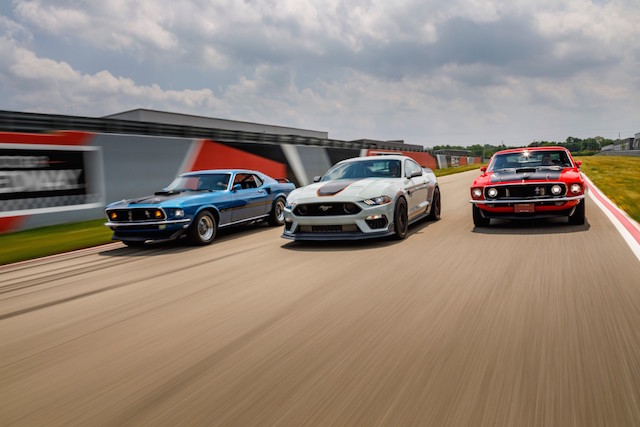
The Right Car Color for the Right Car
There’s also always been a belief that certain colors are right for certain cars. Pickup trucks are more utilitarian and don’t need a neon coating. Luxury sports car, meanwhile, are made to get people’s attention and are likely a more acceptable place for a bright-yellow coat of paint.
But sports cars haven’t been immune to the colorless trend. The Ford Mustang is a perfect example. In 1967, the muscle car was available nine shades of blue and two shades of pink. In the 1970s, brown was consistently among the top three most popular Mustang colors, but hasn’t been offered since 2000. Black, on the other hand, didn’t break into the top three until 1994 but has remained there ever since.
What Will Be the Most Popular Car Colors Moving Forward?
No one can predict the future, but we do know that trends change. As long as the demand for new colors is there, the supply will come with it.
There’s another reason to be hopeful for more vivid roadways. We view so much of our lives through the sharp, brightly colored images on our electric devices that it wouldn’t be surprising to see other shades pop up on cars in the near future. “We are all so impacted by our digital life through the pandemic, and the colors you mainly see are [on] your screen more than actual physical objects,” said Volkswagen’s Park. “The future is getting colorful, for sure.”
What color is your car? What colors would you like to see brought back? Let us know in the comments below.
If you want to try cars in all the colors of the rainbow, you can use your AAA membership to get a discount on Hertz car rentals.
Get more automotive history.
252 Thoughts on “Why Are Popular Car Colors So Boring? A Brief History of Car Paint”
Leave A Comment
Comments are subject to moderation and may or may not be published at the editor’s discretion. Only comments that are relevant to the article and add value to the Your AAA community will be considered. Comments may be edited for clarity and length.




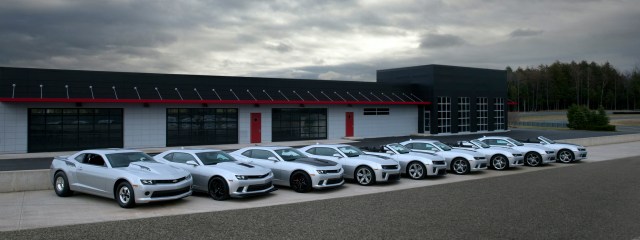

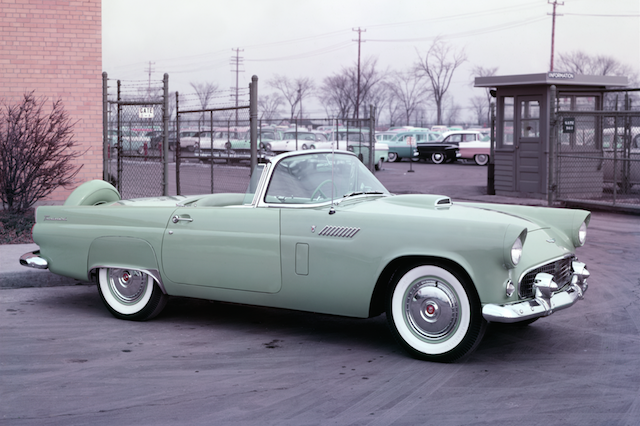
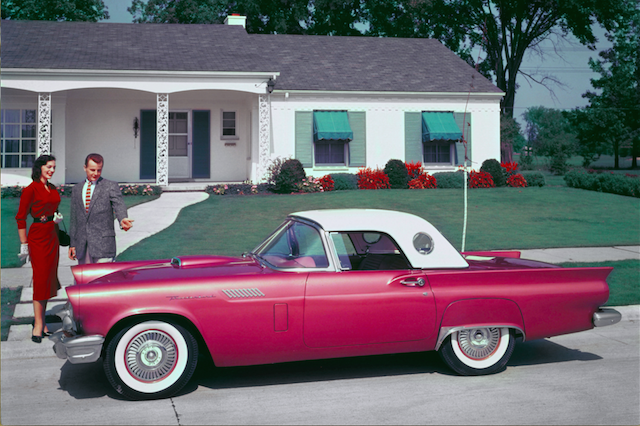
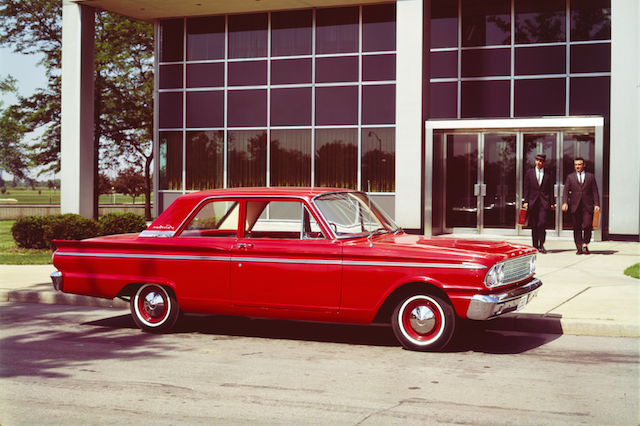
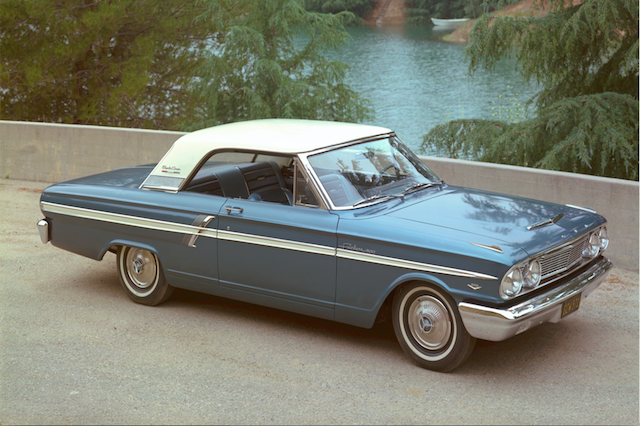
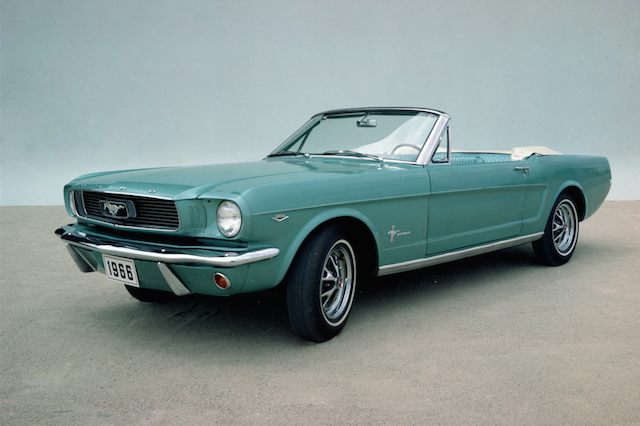
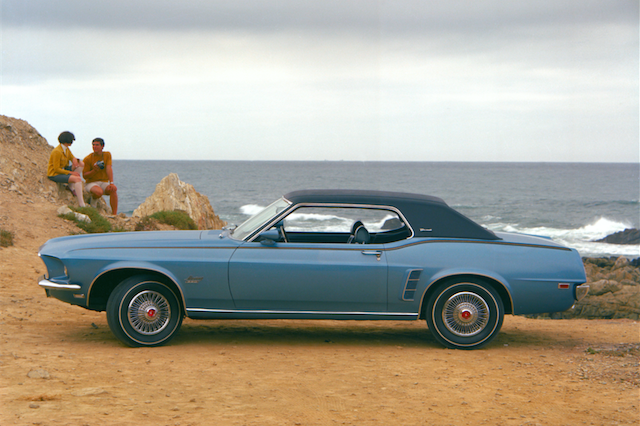









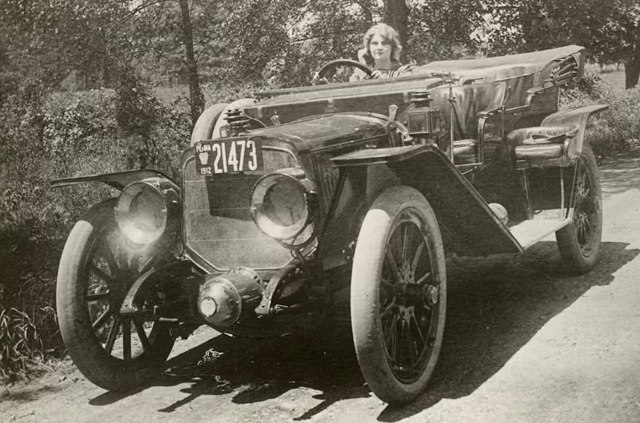

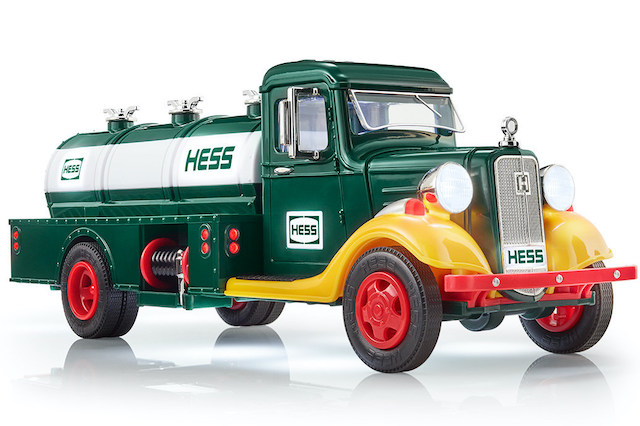


Some cars – largely BMW’s have colors that morph. Seen from different angles, and in differing light conditions, purple may seem blue or even magenta. Orange can differ in shades and colors. These are pretty, quixotic, and suit differing moods. So cool.
I’d love to see some pastels- green, peach, turquoise, even pink or lavender. I was just discussing how boring car colors are now. Even 20 years ago, there were some cars around with a sleek & chic design. Cars today are so utilitarian looking, bleh.
In the 1960s, my family on a trip would play a game counting colors of the cars we would pass. Green usually won and blue often finished 2nd. Now you rarely even see a green car on the road. I could never own an orange or canary yellow car. But I would like to see more blues and reds on the road.
I added up the %’s in the article – 77% of cars are black, white, grey or silver. Not for me. I enjoy my bright turquoise Prius plug-in. And very few people have to ask, which is your car, after the initial look, they know.
I hate black cars – they heat up in the sun, show dirt more readily than white, etc. My favorite was my Saturn coup – plum exterior with a soft grey interior. I loved that plum color, and loved my Saturn 5 speed manual. My husband had an Orange Mazda rotary engine which was so much fun to drive. I have a dark blue Saab hatchback manual and he has the silver Volvo he got from his mom when she stopped driving at 96. NO black cars for either of us ever.
I only hope this goes to the auto makers! Obviously white, black and gray are OUT… and who I. The world wants to get into a black interior? It burns! 2003 Infiniti FX one of the first “orange” cars… with camel interior! Cried when I turned it in.
DARK BROWN – DARK GREEN – FIRE ENGINE RED – DARK GOLD – DARK RED – COPPER – YELLOW – BABY BLUE – SLATE DK GREEN – CON ED BLUE .
I just love my Forest Green Car. Everyone in my town knows its me when I drive by.
I would purchase a newer car (mine is 20 years old and still running good) IF I could find one in Forest Green Color.
I had a 2013 VW Jetta and the color was between a bronze and chestnut. Variations of this color was available on Passat and the CC. I received so many compliments on my car color. I was saddened when I turned it and the color was no longer available. My next favorite was Green but it was a magnet for vandals in the neighborhood I lived in at the time with spray paint and keying. So I’ve been with silver, gray and black and looks like when I turn it in July I will need to choose from silver, gray or black.
We need color in our lives after a year of Pandemic quietness in our lives.
I have a 2017 red Lexus (matador red mica with gold flecks). Great look in the sun with the gold chips Had a red 2003 Infiniti G35. Nice shade. Had several blue cars including a ’67 electric blue GTO. Color is important to me.
I have a 2017 red Lexus ES 350 (matador red mica with gold flecks). Great color especially in the sun with the gold chips. Had a 2003 red Infiniti G35. Nice shade. I’ve had several blue cars, including a 1967 electric blue GTO. Color is important to me.
I had a champagne colored Buick back in the day and I loved it. It never showed any dirt and was a regal kind of color.
In 1963, my friend Jerry zoomed into my driveway in a lavender ’63 Dodge Charger, if memory serves.
I would like any color other thatn black, white, or shades of gray. They are all soooo boring.
We’re trying to keep white on top. Since 2010 we have had 2 and have 1 on order. Some people only want a certain color, others refuse to have certain ones. I’m surprised you did mention “settle” colors. Those are colors you never go looking for, but won’t refuse, like silver. I’ve bought more of them than I planned because there were a lot to pick from and none of what I would have been enthusiastic for.
I miss my beautiful bronze 1974 Pontiac and I liked my champagne gold 90s Camry also “ really “ miss my beautiful mahogany brown highlander!
What I really hate is that damn gray/ silver that I have now ,looks like every other car in the lot!
I really hate black/gray cars. I love my bright red Camry, but would have preferred a nice blue. The dark blue one I had was pretty, but too dark and showed dirt badly. If I can’t find a color I like I resort to white. Dark colors are also much harder for other cars to see on the road.
My ideal for decades has been maroon exterior with a medium brown interior with some bright color accents. But for practicality, I own a Forester in Ice Silver Metallic (gray with a blue tinge) with a gray interior which I quite like, even if boring and difficult to find in a crowded parking lot. Surprisingly, black exteriors show dirt too easily, even more than white exteriors, and black interiors are both hot and easily look dirty from light colored dust or lint. My least favorite interior color is light tan or Ferrari Brown since it can too easily be stained with a greasy smudge.
This has been my pet peeve for many years.
PLEASE BRING BACK COLORS!!!!
I have a red Kia SUV and that’s all I want for colors I love red, in fact when I see a certain red car I want it.